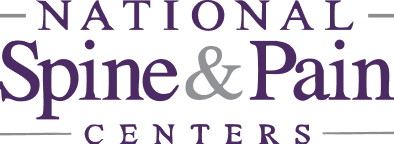Pain in the lower back seems to grab all the headlines – and with good reason, given that65 million Americans suffer from lower back pain at some time or another. However, pain in the upper and middle back, known as the thoracic spine, can be just as debilitating as lower back pain.
What is the Thoracic?
The vertebrae of the thoracic spine (T1-T12) connect to the neck’s cervical vertebrae (C1-C7) and to the lower back’s lumbar vertebrae (L1-L5). Given its location in the middle of the back, the thoracic spine provides the body with core stability and protects the vital internal organs of the chest, including the heart and lungs.
How Can I Get Thoracic Back Pain?
There are several reasons people may suffer from thoracic spinal pain. Muscle tension is among the most common causes and is often the result of poor posture. In older adults, arthritis in the thoracic facet joints can cause middle and upper back pain, as can compression fractures of the vertebrae due to osteoporosis. In younger patients, a spine segment or a rib can be out of place and cause pain. Other causes of middle and upper back pain include herniated or degenerated discs or problems with the joints that attach the ribs to the thoracic vertebra.
Other, less frequent, causes of thoracic spine pain include:
● Sports injuries
● Compression fractures
● Accidents, including vehicle crashes and other injuries to the spine
● Osteoporosis
● Disc degeneration
● Spinal deformities
● Spinal Arthritis
● Cancers that originate in the spine or can spread in the area, such asprostate cancer
● Stenosis
What are the Most Common Symptoms of Thoracic Back Pain?
Symptoms of thoracic back pain can depend on the underlying conditions. However, some symptoms to watch out for include:
● Sharp burning pain in the middle back
● Achiness
● Stiffness
● Tingling
● Swelling
● Sudden pain when coughing or sneezing
A pain specialist can discuss your symptoms and determine the cause of your pain to help find the correct treatment plan.
When should I be concerned about thoracic back pain?
Because spinal pain can affect anyone, regardless of age, gender, and pre-existing conditions, you should keep an eye on related symptoms and speak with a pain specialist if you are suffering from back pain or other related symptoms. After a compression fracture or other injury caused by an accident, be sure to speak with your pain specialists about proper care and treatment. Those with other conditions, such as fibromyalgia or arthritis, should speak with their physician about how to prevent thoracic back pain.
How is middle and upper back pain treated?
● Because pain in the thoracic region is often caused by muscle tension and poor posture, initial treatment efforts focus on relieving the tension with stretching, massage, and over-the-counter medications such as acetaminophen or ibuprofen.
● Heat and ice therapy can help reduce muscle pain and stiffness as well.
● Physical therapy and home exercises that stretch and strengthen the back, shoulder, and stomach muscles can increase flexibility and balance.
● Prescription medications, such as oral anti-inflammatories, nerve blockers, and muscle relaxants, can help reduce the severity of the pain. There are also patches and creams that can be applied to the skin directly to the area of pain.
● For muscle spasms and tension in the mid and upper back, trigger point injections are used to relax the muscles and get them firing correctly again.
● In some cases, facet joint injections may reduce swelling and relieve pressure on the joints that are causing pain. Using X-ray guidance, we use these injections both as a diagnostic tool to determine the exact source of your pain and as a treatment therapy to administer corticosteroid medication right to the spot to reduce swelling and irritation. If successful in reducing your pain, sometimes radiofrequency of the nerves that go to the thoracic facet joints can be more long-lasting.
● Herniation or degeneration of the disc, causing nerve inflammation can be treated with epidural steroid injections. One clue that pain may be coming from the nerve is if there is a tingling or burning sensation the comes from the back and goes forward into the chest or stomach.
● Patients with compression fractures may first try a back brace to stabilize the broken vertebra while it heals, but patients in severe pain may be candidates for kyphoplasty or vertebroplasty. These procedures involve injecting a special bone cement into the compressed bone to return it to its correct vertebral height, so it no longer presses on neighboring nerves.
● Alternative therapies, including chiropractic manipulation and acupuncture, may also alleviate muscle tension and pain.
Facet joint injections, trigger point injections, epidural steroid injections, and radiofrequency are minimally invasive procedures that can be performed in our offices in less than 15 minutes and often result in dramatic pain relief.
Thoracic Back Pain Relief
Back pain, whether in the thoracic spine or otherwise, affects millions of Americans. To get proper treatment, you need a thorough evaluation to determine the underlying cause. Contact National Spine & Pain Centers to schedule an appointment with an affiliated pain specialist to start treatment today.


-Back-Pain.1).2408050704472.png)

.2508191744197.jpg)
.2503201349082.jpg)
